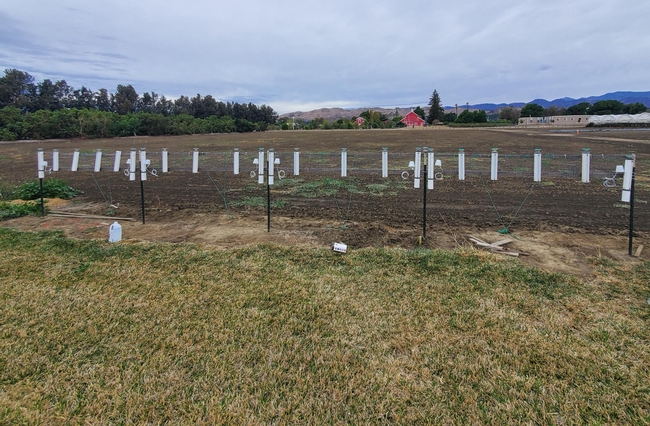
Atmometer Study
Efficient and precise irrigation management is critical if California producers are to maximize crop quality, conserve water, and protect the environment. The use of evapotranspiration (ET) estimates is a significant component of irrigation management. ET refers to the sum of water lost from the soil (evaporation) as well as that used by the crop (transpiration). While the California Irrigation Management Information System (CIMIS) network of weather stations derive daily ET values, there is a perception that CIMIS does not produce accurate ET estimates for all locations. This view is particularly prevalent in the canyons of Ventura County where weather conditions differ substantially compared to CIMIS locations. Since avocado and citrus thrive in these areas, it was concerning when it was determined that ET scheduling is not widely used.
That is, a Ventura County Resource Conservation District (RCD) review of California Department of Food and Agricultural State Water Efficiency and Enhancement Program (CDFA SWEEP) projects concluded that Ventura County growers substantially lagged their state-wide peers with respect to implementing ET-based irrigation scheduling (14% versus 44%).
RCD seeks to reverse the low implementation of ET-based irrigation scheduling within Ventura County by using simple, rugged on-site ET devices (atmometers) to determine on-site ET values. These on-site values will be compared to CIMIS values to determine local correction factors and develop refined ET maps for the canyon and valley areas. RCD will present these results at outreach events and provide workshops demonstrating how ET data, whether from CIMIS or on-site atmometers, can be used for irrigation management.
PHOTO: Atmometer Test/Calibration Site @ UC Hansen

atmometer calibration
